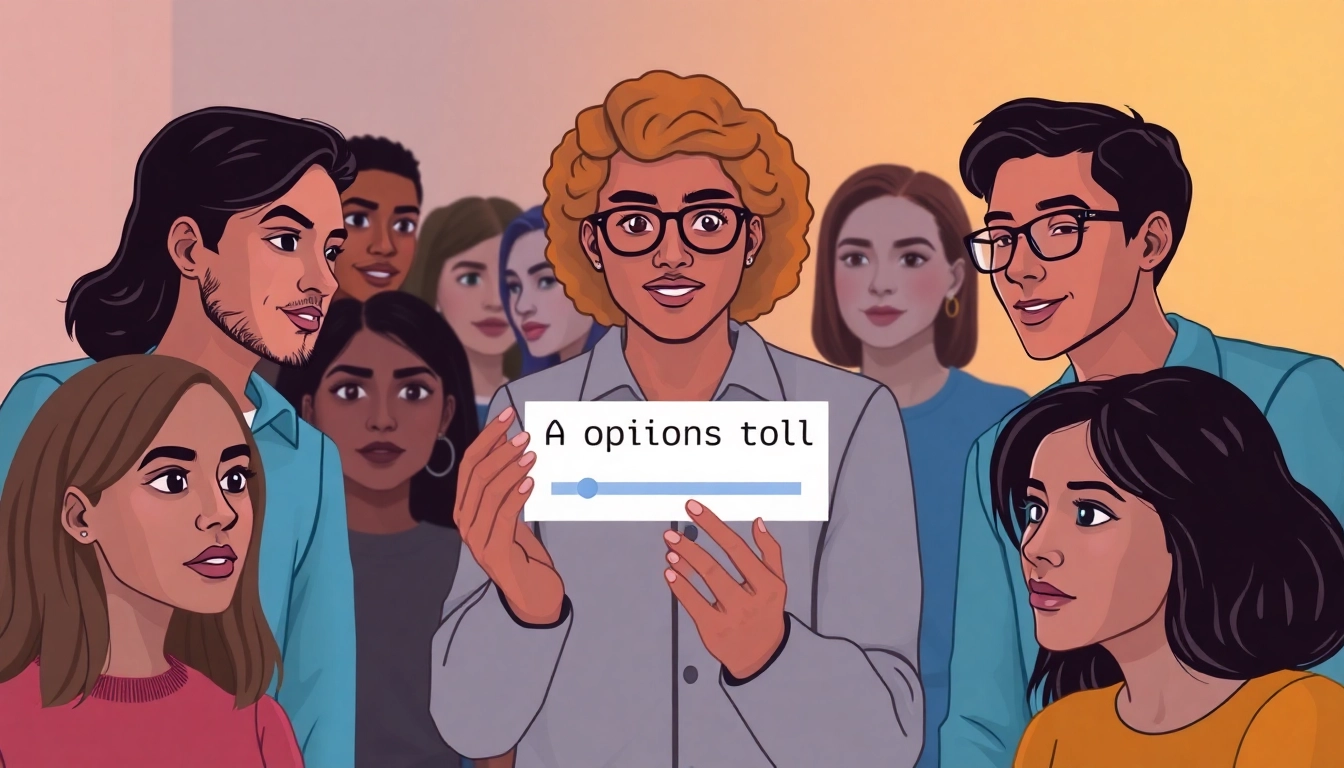What are Wildfire Events?
Definition and Overview
Wildfire events refer to gatherings and initiatives aimed at raising awareness, promoting education, and building community engagement around fire safety and prevention. These events are crucial not only in educating the public about the prevention and management of wildfires but also in fostering a sense of community through shared experiences and collective action. By participating in wildfire events, individuals contribute not only to their own safety but also to the protection of their environments and communities.
Types of Wildfire Events
Wildfire events can be categorized into several types, including:
- Awareness Campaigns: These are initiatives organized to inform the public about fire safety measures, prevention strategies, and the importance of preparedness in the face of potential wildfire incidents.
- Educational Workshops: Workshops provide in-depth knowledge about wildfires, fire ecology, and effective response strategies for individuals and communities. These sessions often include expert speakers and interactive demonstrations.
- Community Fire Drills: Engaging the community in fire drills helps to prepare residents for potential emergencies by simulating real-world scenarios. These drills could involve evacuations, firebreak construction, and other preparedness actions.
- Festivals and Fairs: Events that combine education with entertainment, such as fairs that feature exhibits on fire safety, sustainable practices, and local fire departments. These occasions are an excellent way to engage families and create a communal atmosphere focused on learning.
- Fundraising Events: These help in gathering resources for firefighting tools, community education programs, and rebuilding efforts in the wake of wildfires.
The Role of Community in Wildfire Events
The involvement of the community is a cornerstone of successful wildfire events. Community members not only learn about fire safety but also play an active role in shaping the event’s agenda, ensuring that it meets the local needs and concerns. Through collaboration, communities can develop stronger networks that enhance resilience to wildfires. Volunteer opportunities at these events foster a sense of ownership and commitment to collective well-being, making effective communication and unity paramount.
Importance of Wildfire Events
Raising Awareness about Fire Safety
One of the primary objectives of wildfire events is to raise awareness about fire safety practices. Public understanding of the potential dangers associated with wildfires can lead to more proactive approaches in preventing them. Topics typically covered include:
- Understanding the fire triangle (heat, fuel, and oxygen) and how to eliminate one of these elements to prevent fires.
- Recognizing the conditions that can contribute to wildfires, such as dry spells, high winds, and the types of vegetation that are more flammable.
- Explaining evacuation routes and safety measures to take when wildfires threaten a community.
Fostering Community Spirit
Wildfire events serve as platforms for fostering community spirit. By coming together, community members can share experiences, bond over common interests, and work collaboratively toward shared goals. This cohesion is particularly vital in the aftermath of a wildfire, as it cultivates a supportive network that can assist recovery efforts. Events that celebrate community resilience and highlight recovery stories can motivate individuals to stay engaged and proactive regarding fire safety.
Building Educational Opportunities
Wildfire events not only inform the public but also create educational opportunities for individuals looking to deepen their understanding of wildfires and their impacts. Collaboration with experts allows for the development of tailored educational materials, which can address specific local issues, such as:
- Fire behavior and modeling in specific ecosystems.
- The socio-economic impacts of wildfires on local communities.
- Best practices for reducing fire hazards in homes and landscapes.
Planning Successful Wildfire Events
Choosing an Ideal Location
The location of a wildfire event can significantly influence its success. Choosing a venue that is accessible to the public and allows for interactive activities can enhance participation and engagement. Considerations include:
- Proximity to areas prone to wildfires, to ensure relevance and urgency.
- Able to accommodate various activities ranging from workshops to family-friendly events, ensuring appeal to all demographics.
- Availability of necessary resources, such as audiovisual equipment for presentations and areas for hands-on demonstrations.
Creating Engaging Activities
Engagement is key to a successful wildfire event. Activities should be interactive and informative, enabling participants to learn while actively participating. Suggestions for engaging activities include:
- Live demonstrations of fire prevention techniques, such as creating defensible space around homes.
- Storytelling sessions featuring firefighters or survivors who can share real-life experiences related to wildfires.
- Workshops on creating fire-safe landscapes, including vegetation management strategies.
- Interactive booths with educational materials and fire-related resources.
Marketing Your Wildfire Event
Effective marketing strategies are crucial for maximizing attendance and community interest in wildfire events. Consider using a multi-channel approach that incorporates:
- Social media platforms for creating buzz and sharing event highlights.
- Local newspapers and community bulletins for traditional outreach.
- Collaborations with local businesses and organizations to sponsor or promote the event.
- Incentives such as giveaways or competitions to attract participants and motivate attendance.
Case Studies of Successful Wildfire Events
Event Highlights from Around the Globe
Examining successful wildfire events from different parts of the world provides valuable insights into effective strategies and community engagement. In California, for example, “Fire Safe Councils” have successfully implemented a series of events that combine education with community participation, significantly reducing wildfire risks in urban interface areas.
Additionally, Australia’s “National Fire Awareness Week” hosts a variety of events, including workshops and community forums aimed at educating residents about bushfire safety, fostering community involvement, and providing practical fire management strategies.
Lessons Learned from Past Events
Analyzing past wildfire events can provide key lessons for improving future initiatives. Common takeaways include:
- The importance of community buy-in: Events that engage community members in the planning stage tend to see higher turnout and participation rates.
- Feedback mechanisms: Successful events often include a method for collecting participant feedback to enhance future efforts.
- Utilizing diverse media for outreach: Relying solely on one type of communication can limit reach, so multi-channel strategies are essential.
Impact on Local Communities
The impact of wildfire events on local communities can be profound. Communities that actively participate in education and awareness initiatives often experience:
- Stronger community ties as residents come together for a common cause.
- Increased readiness and resilience to actual wildfire events.
- Enhancements in local policies surrounding fire management and community planning.
Future Trends in Wildfire Events
The Rise of Virtual and Hybrid Events
The COVID-19 pandemic has shifted how communities engage in events, leading to a rise in virtual and hybrid formats. These models enable broader participation, allowing those who may not be able to attend in person to benefit from educational opportunities. Presently, organizations are experimenting with online workshops and interactive platforms that maintain engagement regardless of physical distance.
Innovative Engagement Strategies
Future wildfire events will likely see increased use of technology and innovative engagement methods. For instance, using apps for real-time updates or gamifying educational content could attract younger audiences and enhance learning. Augmented reality (AR) experiences could simulate wildfire scenarios, enhancing understanding without the associated risks.
Long-term Sustainability in Event Planning
As the frequency and intensity of wildfires escalate due to climate change, it is vital for wildfire events to prioritize long-term sustainability. This involves planning events that not only address immediate needs but also foster ongoing community resilience and capacity building. Involving stakeholders in these discussions ensures that plans are inclusive and consider the diverse needs of the community.



